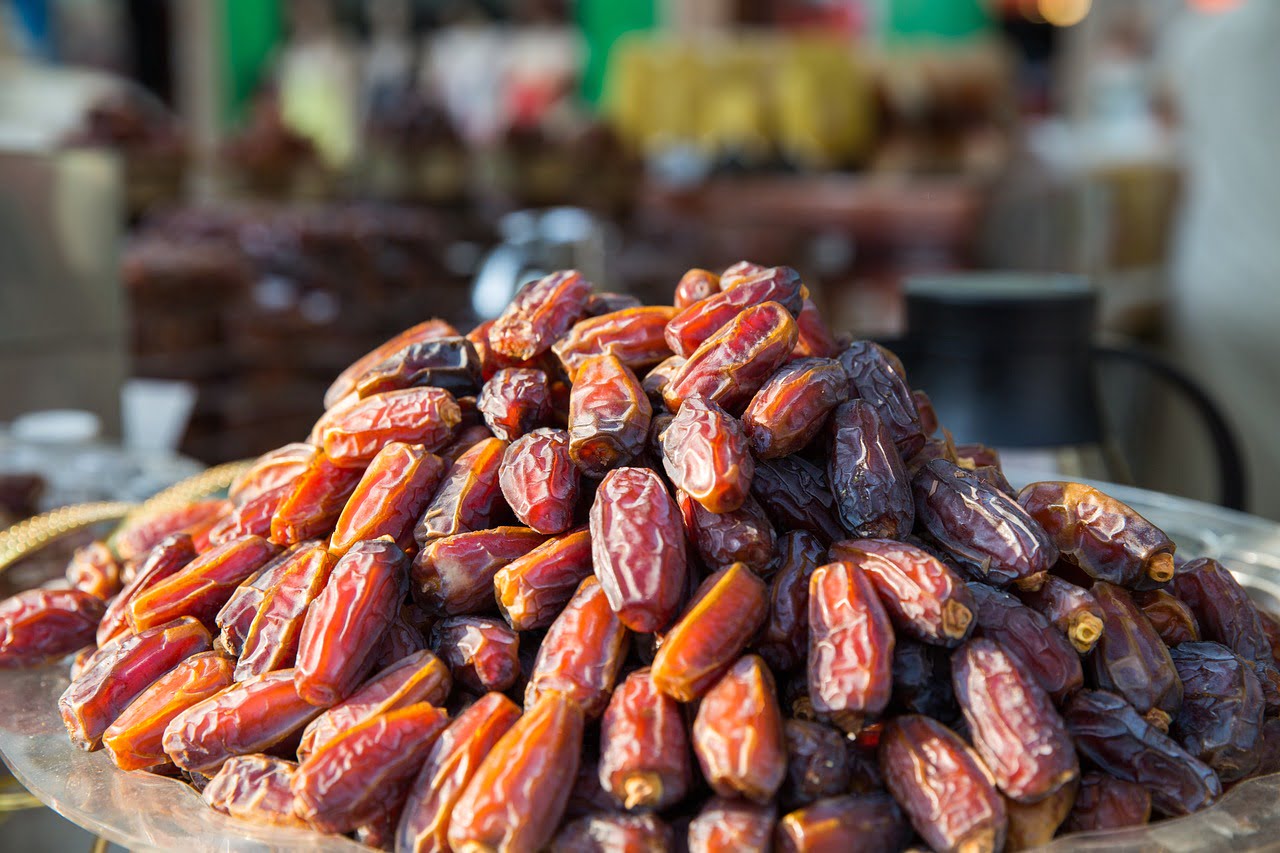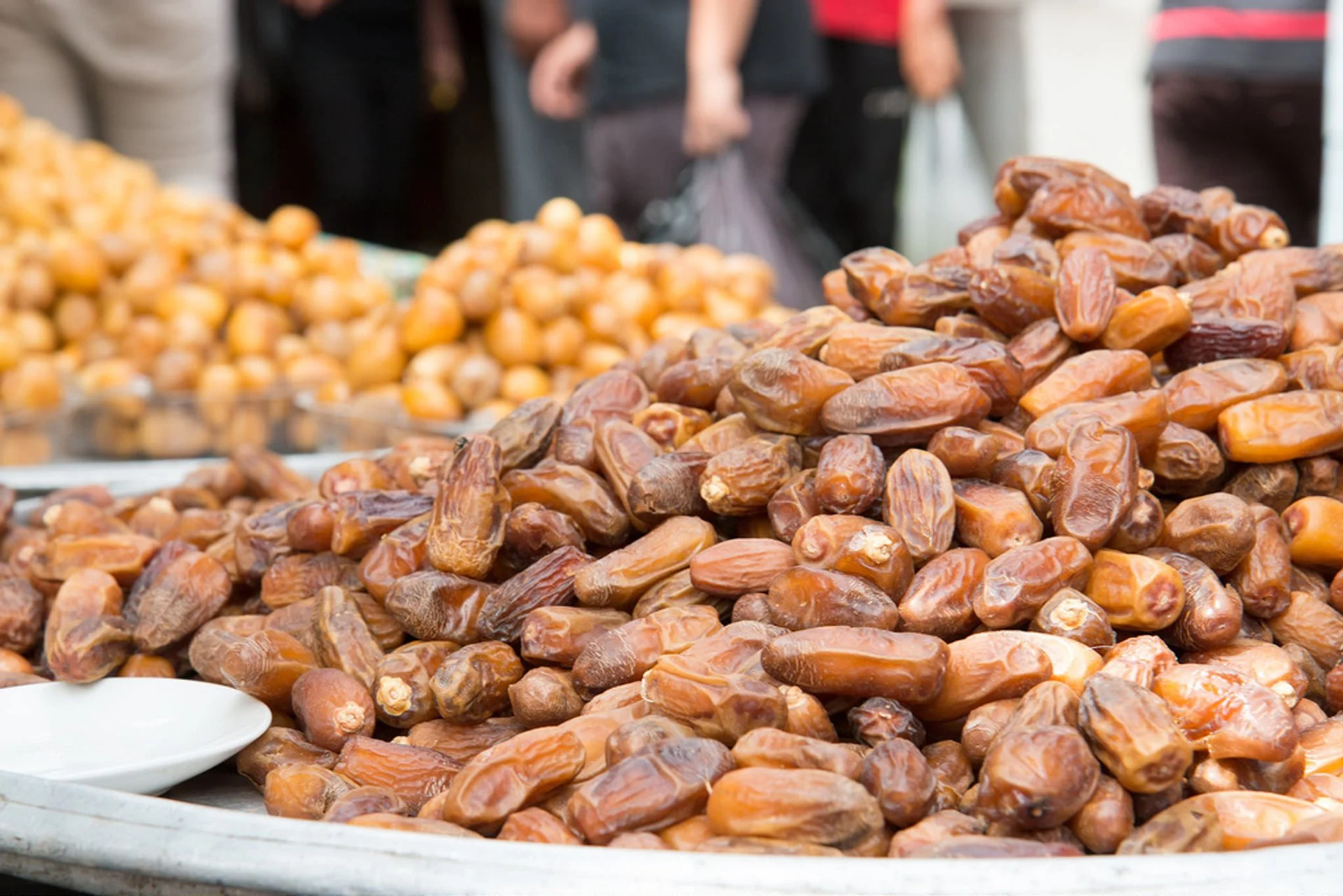Dates, the fruit of the date palm (Phoenix dactylifera), have been a staple food in the Middle Eastern and North African regions for thousands of years. Known for their sweet flavor and high nutritional value, dates are not only a source of energy but also contain vitamins, minerals, and fibers. However, to maintain their quality and ensure their availability year-round, effective harvesting and preservation techniques are crucial. This article explores the various methods employed in the harvesting and preservation of date fruits, discussing both traditional practices and modern innovations.
Harvesting of Date Fruits
Timing and Methods
The harvesting of date fruits is a critical process that significantly influences their quality. Dates ripen at different times based on their variety and the environmental conditions, generally maturing from late summer to fall. The stages of date maturity include kimri (unripe), khalal (full-size, crunchy), rutab (ripe, soft), and tamar (fully ripe, reduced moisture content). Each stage has its uses, but the khalal and tamar stages are most critical for commercial harvesting.
Farmers can harvest dates manually or mechanically:
- Manual Harvesting: This is labor-intensive but allows for selective picking, ensuring that only fruit at the right stage of ripeness is harvested. Workers often use ladders or climbing equipment to reach the fruits, which is time-consuming and poses safety risks.
- Mechanical Harvesting: Increasingly popular due to labor shortages and lower costs, mechanical harvesting involves using lifts or shaking devices to detach fruits from the tree. While efficient, it can result in a higher percentage of damaged fruits and requires careful calibration to minimize harm.
Challenges
The main challenges in date harvesting include labor costs, climatic factors, and the physical layout of plantations. High temperatures can accelerate ripening and spoilage, making timing a critical factor. Additionally, the dense structure of date palm clusters makes access difficult, often resulting in physical damage to the fruits if not done carefully.
Preservation of Date Fruits
Once harvested, preserving the quality of dates is essential to extend their shelf life and maintain their nutritional properties. Preservation techniques vary from simple sun-drying to more advanced methods such as controlled atmospheric storage.
Traditional Methods
- Sun-Drying: The most traditional method involves laying the dates under the sun to dry, reducing their moisture content and thereby extending their shelf life. This method is effective and cost-efficient but depends heavily on favorable weather conditions.
- Oiling: Applying a thin layer of oil to the surface of dates can prevent sticking and reduce moisture loss. This method is commonly used for varieties that are particularly sticky or prone to drying out.

Modern Techniques
- Controlled Atmospheric Storage: By adjusting the levels of oxygen, carbon dioxide, and humidity in storage environments, the shelf life of dates can be significantly extended. This method is particularly useful for high-quality dates intended for export.
- Refrigeration and Freezing: For dates intended to be eaten soft, refrigeration is essential. Freezing dates can preserve them for several months up to a year without significant loss of quality.
- Vacuum Packing: Removing air from the packaging reduces oxidation and microbial growth, effectively extending the shelf life of the product. Vacuum-packed dates retain their texture and flavor longer than those in traditional packaging.
Innovations in Preservation
Technological advances have introduced innovations such as irradiation, which eliminates insects and microbes, and modified atmosphere packaging (MAP), which can adjust gases in packaged date fruits dynamically based on their respiration rate. These methods are particularly effective in ensuring the safety and extending the shelf life of dates without the use of chemical preservatives.
Economic and Ecological Considerations
The date palm industry is a significant economic sector in many Middle Eastern and North African countries. Efficient harvesting and preservation techniques not only ensure the economic viability of the industry by reducing losses but also contribute to sustainable practices by minimizing waste and chemical use.
Conclusion
The harvesting and preservation of date fruits involve a combination of traditional knowledge and modern technology, each playing a crucial role in maintaining the quality and availability of this important food product. As global demand for dates increases, continued innovation and improvement of these techniques will be essential for meeting market requirements and environmental challenges. Through careful management and technological advancement, the date fruit industry can continue to thrive, providing economic benefits and nutritional food worldwide.
Ajigofarms is a reliable global agricultural purchase sourcing with profound expertise in the manufacturing, and exportation of food crops. We are tested, and trusted suppliers of all kinds of cash crops and food crops. Our constant supply chain solution makes exporting easy, quick, and safe, we are identified with timeliness and meeting up with deadlines. Regardless of the region you are located in worldwide, you can reliably order your Agric products and be rest assured of successful delivery.




